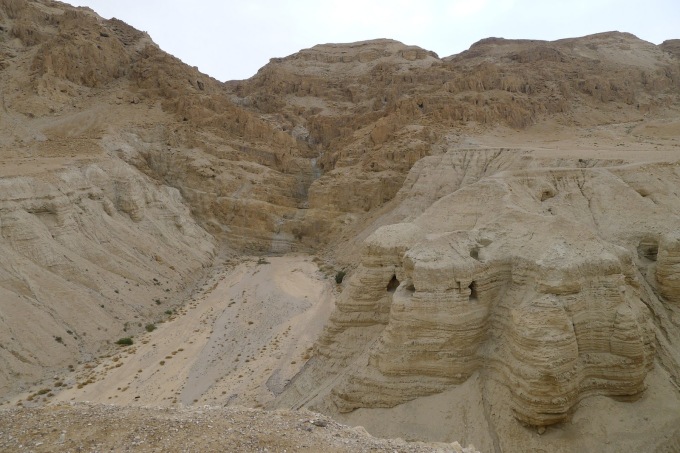The Dead Sea Scrolls

The discovery of the famous Dead Sea Scrolls took place in the middle of the 20th Century but the meaning of their witness is still open field for theories and suggestions.
It was in 1947 that, by mere chance, a shepherd found some manuscripts inside a cave near the Dead Sea. Further investigation of the site led to the discovery of ten other caves which brought back to light a treasure of long lost documents dating from 250 BC to 68 DC.
The Dead Sea Scroll discovery and study led some to controversial theories, which were to undermine the whole Christian core of beliefs and entirely try to re-write the relationship between the Jewish and Christian faith.
However, time and a more scientific approach have proven the case for a less radical view of the Scrolls.

The Scrolls give us a better understanding of the Jewish world of the second temple, especially the years preceding the destruction brought by the Romans.
The Scrolls also brought to light Old Testament (Tanakh for the Jews) manuscripts dating between the third Century BC and the first century AD.
No evidence found in the caves can reasonably be dated later than 68 AD, when the Qumran site was abandoned. That is why the Scrolls have given scholars the opportunity to examine the Old Testament, canon and text, in light of manuscript evidence about one thousand years older than those that were available before.

The Dead Sea Scrolls by Stephen Hodge is a very interesting book on the subject. It shows a scientific and sound approach to the matter. I strongly suggest the reading of his work to those who want a sober and reliable update on the Dead Sea Scrolls studies. I personally do not entirely endorse his views, but honestly speaking my approach is more apologetic than purely scientific.
Hodges maintains that at least 850 books were placed in the eleven Qumran caves. Most of the manuscripts surviving are in a fragmentary state. The so called Great Isaiah Scroll (in the picture) is an exception, since it is preserved in its integrity.
The remarkable agreement of this manuscript with the so called Masoretic text has given fresh credibility to the traditional Tanakh in use among Jewish and Christian believers.
“Once scholars had had the opportunity to study the great Isaiah scroll from Cave 1 (1QIsaa, copied in approximately 100 B.C.) and to compare it with the Masoretic Text, they were impressed with the results. Despite the fact that the Isaiah scroll was about a thousand years older than the Masoretic version of Isaiah, the two were nearly identical except for small details that rarely affected the meaning of the text. […] The results obtained from comparative studies of this kind have been repeated for many other scriptural books represented at Qumran. The large majority of the new scrolls do belong to the same textual tradition as the Masoretic Text. They are, however, centuries older and thus demonstrate in a forceful way how carefully Jewish scribes transmitted that text across the years.” James C. VanderKam, The Dead Sea Scrolls Today, p.126
